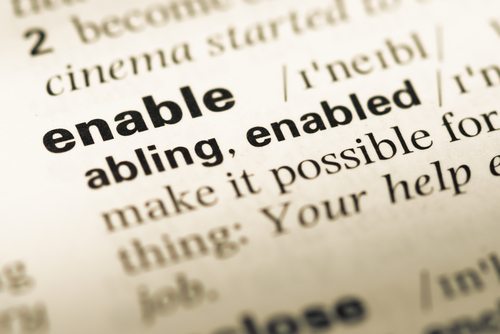The desire to help people, particularly loved ones, is a noble pursuit. Parents desire to see children succeed in school and life. Spouses want to support one another in solving problems life throws out and friends want to help one another through difficult times. A well-meaning impulse can backfire when addiction is present and helping turns into enabling. Learn how to spot the difference between empowering and enabling tendencies.
What is Enabling?
The word ‘enabling’ has the same meaning as ‘empowering.’ It means lending a hand to help people do something a person cannot do alone. Enabling has come to mean a person who perpetuates rather than solves a problem. This may come in the following forms:
- A parent who allows a child to stay at home from school who did not study for a test
- A spouse who makes excuses for a hung-over partner (enabling alcohol abuse)
- A friend who lends money to a loved one with a drug problem so he or she does not have to ‘steal’ (enabling continuation of addiction)
People who habitually enable dysfunctional behavior are referred to often as co-dependent. An enabler’s self-esteem is often dependent on his or her ability and willingness to ‘help’ in inappropriate ways. The reality is that enabling not only doesn’t help, it actively causes harm and can make the situation worse. Enablers take away intrinsic motivation from the person with addiction to take responsibility for his or her own actions. Without motivation, there is little reason to change. Enablers help people with addiction dig out of deep trouble but can be a fine line between helping and enabling.
Noticing Signs
The following questions can be helpful to ask oneself when considering whether behavior has escalated from helping into enabling:
- Is unacceptable behavior ignored?
- Is resentment building about mounting responsibilities for the other person?
- Is the other person’s needs being consistently put ahead of one’s own “in order to help?”
- Is it a struggle to express one’s own emotions?
- Does fear exist that if something is not done for the other person, a blowup or violence may ensue?
- Is it easier to lie for the other person to cover up mistakes than be honest?
- Is help continually being offered to help when it is never appreciated or acknowledged?
It is important to take action if some of the responses to the above questions are ‘yes.’ Take part in the treatment process if a friend has begun treatment. Explore some of the issues that go along with caring for and loving a person with addiction, whether through a personal counselor or through an organization such as Alateen or Al-Anon. Enabling behavior can cause further damage to an individual with addiction’s life but also to the person enabling the behavior. It is important to nip it in the bud before it is too late.
It is difficult to know what is helpful and what is enabling. If you know a loved one with addiction, call us to find out how we can help you learn the difference. We can help you learn some tools to offer positive support and help the loved one be set free from addiction.

